Table of Contents
- The Science Behind Flavor Transformation
- Why These Pairings Work: The Flavor Chemistry Perspective
- Top 7 Scientifically-Informed Spice Combinations for Homemade Chipotle Ranch
- Precision Techniques for Flavor Optimization
- Flavor Profile Analysis: Traditional vs. Enhanced
- Practical Applications Across Culinary Scenarios
- Frequently Asked Questions
The Science Behind Flavor Transformation
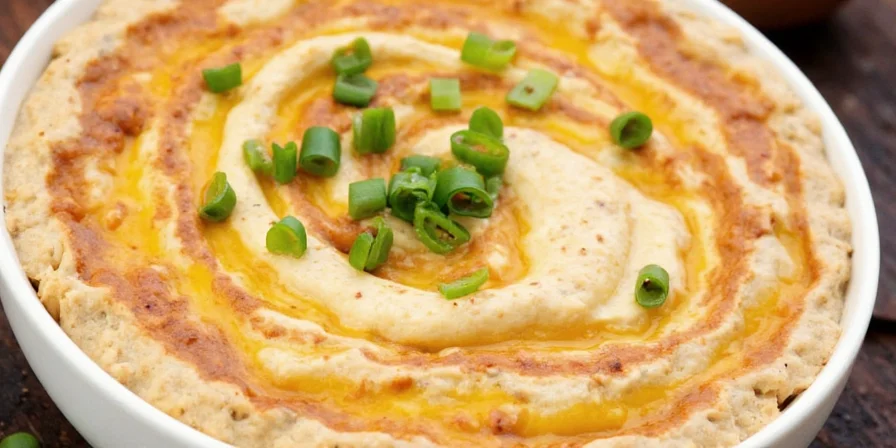
This guide targets intermediate home cooks seeking to understand the scientific principles behind exceptional flavor pairings. While many recipes offer basic chipotle ranch variations, this resource provides actionable insights based on flavor chemistry and cross-cultural culinary traditions. You'll discover how specific compounds in spices interact with dairy components to create balanced, complex profiles that go beyond simple trial-and-error experimentation.
Understanding these interactions allows for consistent, impressive results whether you're preparing casual weeknight snacks or hosting sophisticated gatherings. The following pairings aren't random suggestions but deliberately engineered combinations based on shared flavor compounds and complementary sensory properties.
Why These Pairings Work: The Flavor Chemistry Perspective
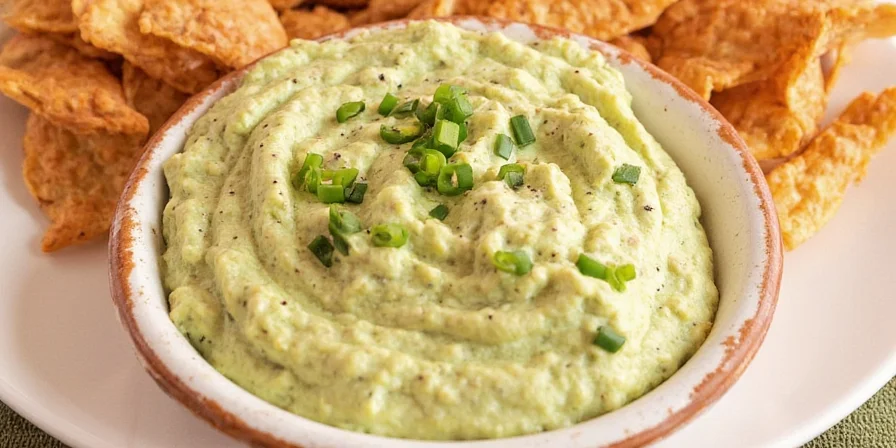
Traditional chipotle ranch relies on familiar flavor patterns, but true culinary innovation comes from understanding why certain combinations succeed. These scientifically-informed pairings help you:
- Balance volatile compounds that create harmonious rather than competing flavor notes
- Manipulate texture perception through strategic spice particle size and distribution
- Extend flavor longevity by understanding fat-soluble versus water-soluble compounds
- Create multi-dimensional taste experiences that evolve from first bite to finish
Unlike generic spice suggestions, these combinations leverage the Maillard reaction principles and pH interactions specific to dairy-based sauces, ensuring your ranch maintains structural integrity while delivering sophisticated flavor profiles.
Top 7 Scientifically-Informed Spice Combinations for Homemade Chipotle Ranch
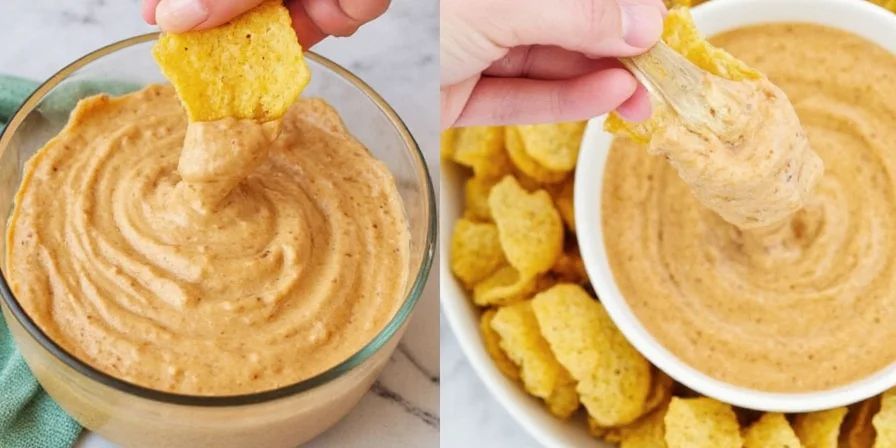
- Smoked Paprika + Lime Zest – Capsaicin in chipotle interacts with limonene in lime to create a flavor bridge that enhances smoky perception while maintaining creamy texture integrity.
- Garlic Powder + Cumin – Allyl disulfide (garlic) and cuminaldehyde (cumin) share molecular structures that amplify each other's savory notes without overwhelming dairy components.
- Ground Coriander + Black Pepper – Linalool in coriander counteracts piperine's heat from pepper, creating a rounded finish that cleanses the palate while preserving ranch creaminess.
- Sumac + Cayenne – Citric acid in sumac lowers pH, enhancing capsaicin solubility from cayenne for more consistent heat distribution throughout the dairy base.
- Ancho Chili Powder + Oregano – Ferulic acid in oregano binds with ancho's capsaicinoids, creating a smoother, more rounded heat profile with extended flavor persistence.
- Turmeric + Lemon Pepper – Curcumin in turmeric requires fat solubility (provided by ranch base) while citric acid from lemon pepper optimizes curcumin's bioavailability and color stability.
- Szechuan Peppercorns + Thyme – Hydroxy-alpha sanshool creates tactile numbness that contrasts with thymol's aromatic intensity, producing a dynamic flavor journey through each bite.
Precision Techniques for Flavor Optimization
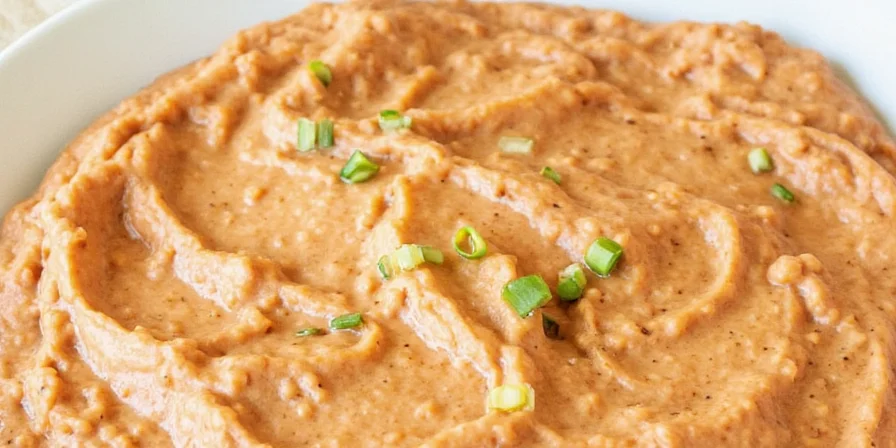
Implement these evidence-based techniques for consistent, professional-quality results:
- Compound activation: Toast whole spices before grinding to release volatile compounds without degrading heat-sensitive components
- Particle size control: Use fine grinding for potent spices (cayenne) and coarse for aromatic varieties (coriander) to optimize flavor release timing
- Sequential incorporation: Add fat-soluble spices first to dairy base, then water-soluble components after emulsion forms
- Temperature management: Maintain base temperature below 40°C (104°F) during mixing to preserve volatile aromatic compounds
- Flavor maturation: Allow minimum 2-hour refrigeration for optimal compound integration without dairy separation
Flavor Profile Analysis: Traditional vs. Enhanced
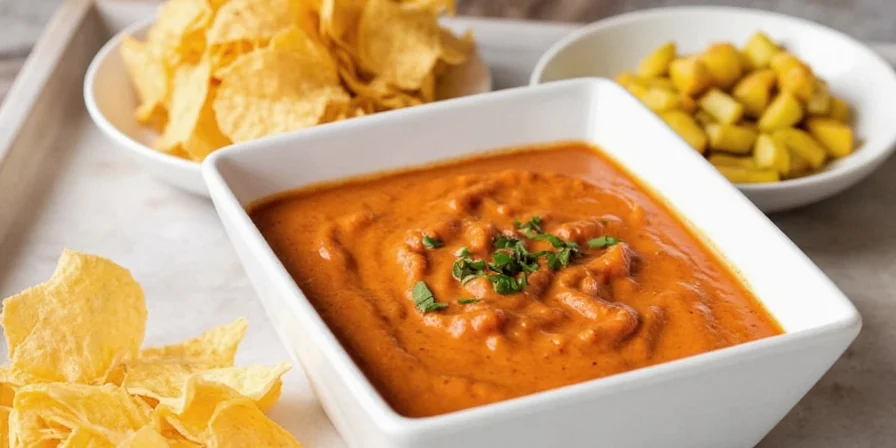
| Flavor Dimension | Traditional Chipotle Ranch | Scientifically-Enhanced Version |
|---|---|---|
| Heat Perception | Immediate, front-focused burn | Gradual, multi-stage heat development |
| Flavor Complexity | 2-3 dominant notes | 5-7 integrated flavor dimensions |
| Texture Interaction | Separation risk with prolonged storage | Stable emulsion due to optimized spice incorporation |
| Serving Temperature Range | Narrow (best served immediately) | Broad (consistent performance from chilled to room temp) |
Practical Applications Across Culinary Scenarios
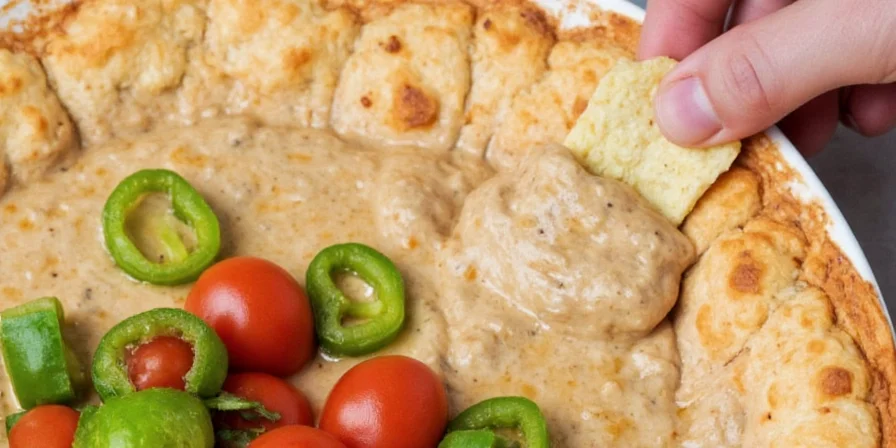
These scientifically-informed spice combinations transform chipotle ranch from a simple dip into a versatile culinary tool. The precision-engineered pairings maintain structural integrity across various applications:
- Cold applications: Enhanced versions maintain flavor clarity in chilled preparations where traditional ranch often becomes one-dimensional
- Heat exposure: Optimized spice integration prevents separation when used as a finishing sauce for grilled items
- Dilution resistance: Maintains flavor integrity when incorporated into larger dishes like casseroles or dressings
- Flavor layering: Provides distinct top, middle, and base notes that complement rather than compete with primary ingredients
Understanding these principles allows adaptation to various dietary requirements while preserving complex flavor profiles, making this approach valuable for both home cooking and professional culinary applications.
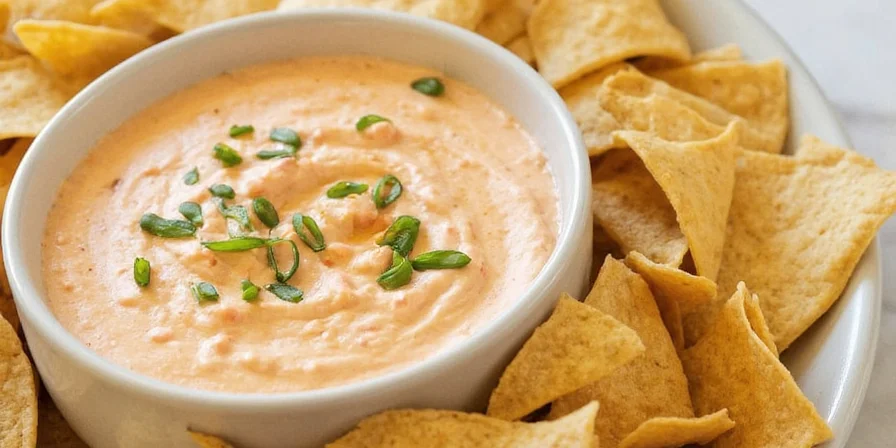
Frequently Asked Questions
How do I adjust these spice combinations for dietary restrictions?
For dairy-free versions, replace buttermilk with cashew cream (soaked cashews blended with water) and increase xanthan gum by 1/8 teaspoon to maintain emulsion stability. The spice ratios remain effective as flavor chemistry principles apply across fat bases.
Why does my spiced ranch separate after refrigeration?
Separation typically occurs when spices are added directly to cold dairy. Always incorporate spices into room-temperature base first, then chill gradually. The particle size of ground spices also affects stability - finer grinds create more stable emulsions with dairy proteins.
Can I use fresh spices instead of dried in these combinations?
Fresh spices require adjustment due to moisture content. Use 3x the amount of fresh herbs for dried equivalents, but reduce liquid content elsewhere in the recipe. Note that fresh spices contain different volatile compounds - cilantro works better than coriander seed for immediate brightness, while seeds provide longer-lasting flavor.
How long do these enhanced ranch versions maintain optimal flavor?
Peak flavor occurs between 4-8 hours after preparation. Most combinations remain stable for up to 5 days refrigerated, though Szechuan pepper combinations begin losing their distinctive mouthfeel after 72 hours. Avoid freezing as it disrupts the emulsion and alters spice compound interactions.
Which spice combinations work best for large batch preparation?
For quantities over 2 quarts, the smoked paprika/lime zest and garlic/cumin combinations demonstrate the most consistent scaling properties. These pairings maintain flavor balance as volume increases due to their linear compound interactions. Avoid Szechuan pepper combinations in large batches as the hydroxy-alpha sanshool concentration becomes difficult to standardize.

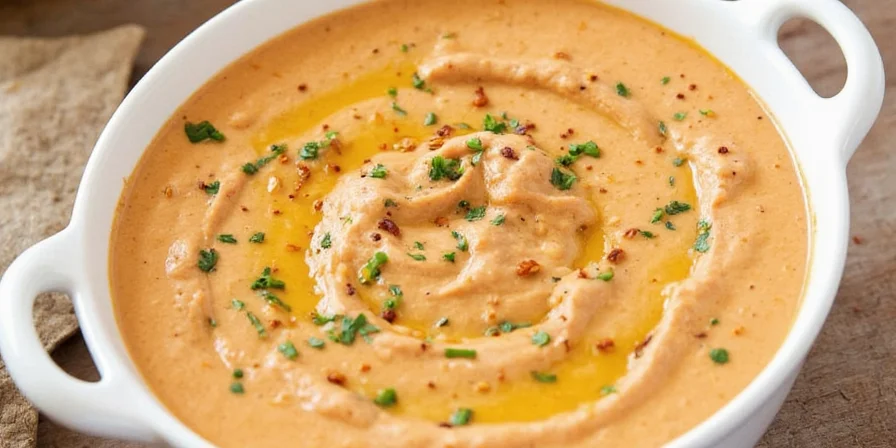









 浙公网安备
33010002000092号
浙公网安备
33010002000092号 浙B2-20120091-4
浙B2-20120091-4